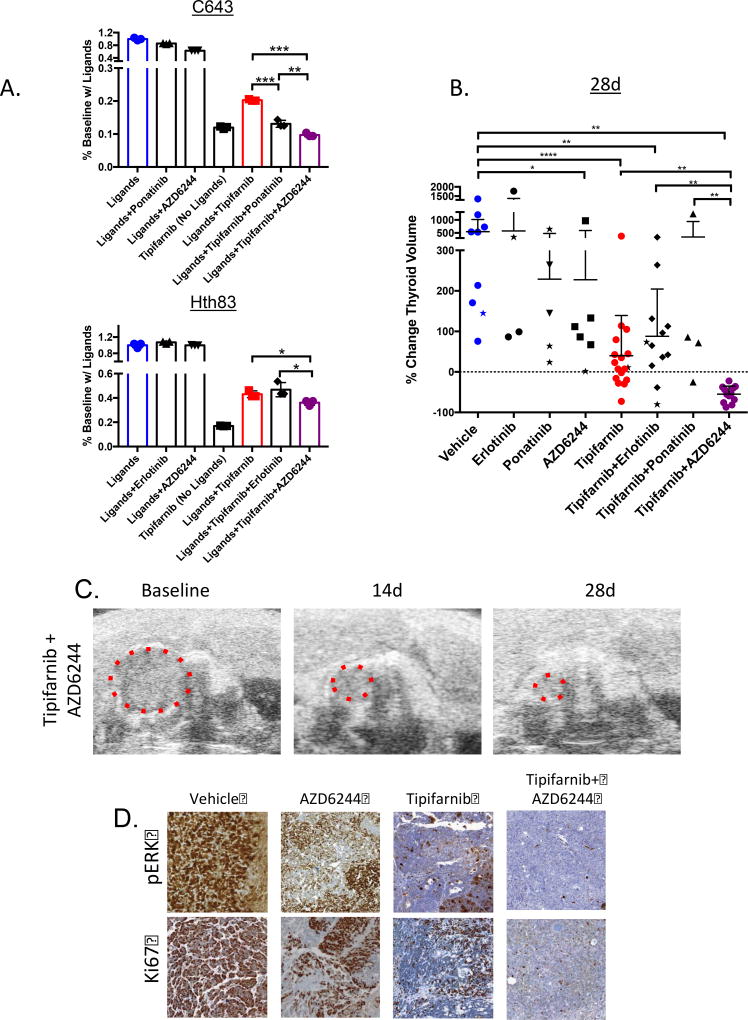Figure 3. The MEK inhibitor AZD6244 improves responses to tipifarnib in Hras-mutant tumors and cell lines.
A. Proliferation assays (counted at 6d, performed in triplicate) in Hras-mutant human cell lines in the presence of a pool of RTK ligands (from Fig. 2G,H with *p<0.05) and the indicated drugs (tipifarnib 100nM, erlotinib 25nM, ponatinib 25nM, AZD6244 200nM). Top: C643 cells exposed to FGF2, PDGF, FGF6, HGF, EFNB3, EFNB2, and EGF in 10% serum, (**p<0.01, (***p<0.001, t-test). Bottom: Hth83 cells exposed to EGF, FGF6, HGF, EREG, and FGF2 in 10% serum (*p<0.05, t-test) B. Change in thyroid tumor volume as measured by ultrasound in Hras;p53 mice treated with vehicle (n=9), tipifarnib (80 mg/kg BID, n=17), erlotinib (25 mg/kg BID, n=4), ponatinib (25 mg/kg QD, n=5), AZD6244 (25 mg/kg BID, n=6) or the indicated combinations (tipifarnib+erlotinib: n=12, tipifarnib+ponatinib: n=4, tipifarnib+AZD6244: n=12) at 28 days. Stars indicate mouse tumor measurements at 14 days in mice that did not survive to 28 days. (*p<0.05, **p<0.01, ****p<0.0001, Mann-Whitney test). C. Ultrasound images from representative mouse thyroid tumor treated with tipifarnib and AZD6244. D. Representative sections of Hras;p53 tumors stained for pERK and Ki67 treated with the indicated compounds for 28 days (20×). Tissues were collected 2h after the last dose.

